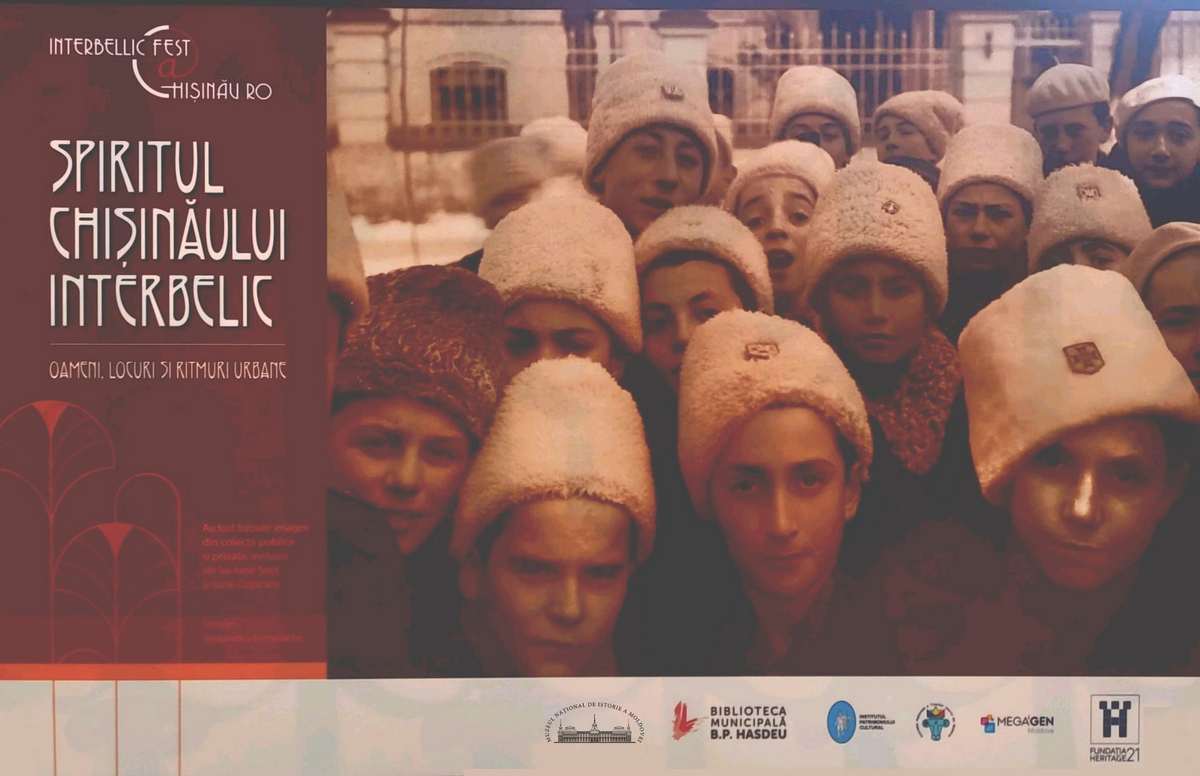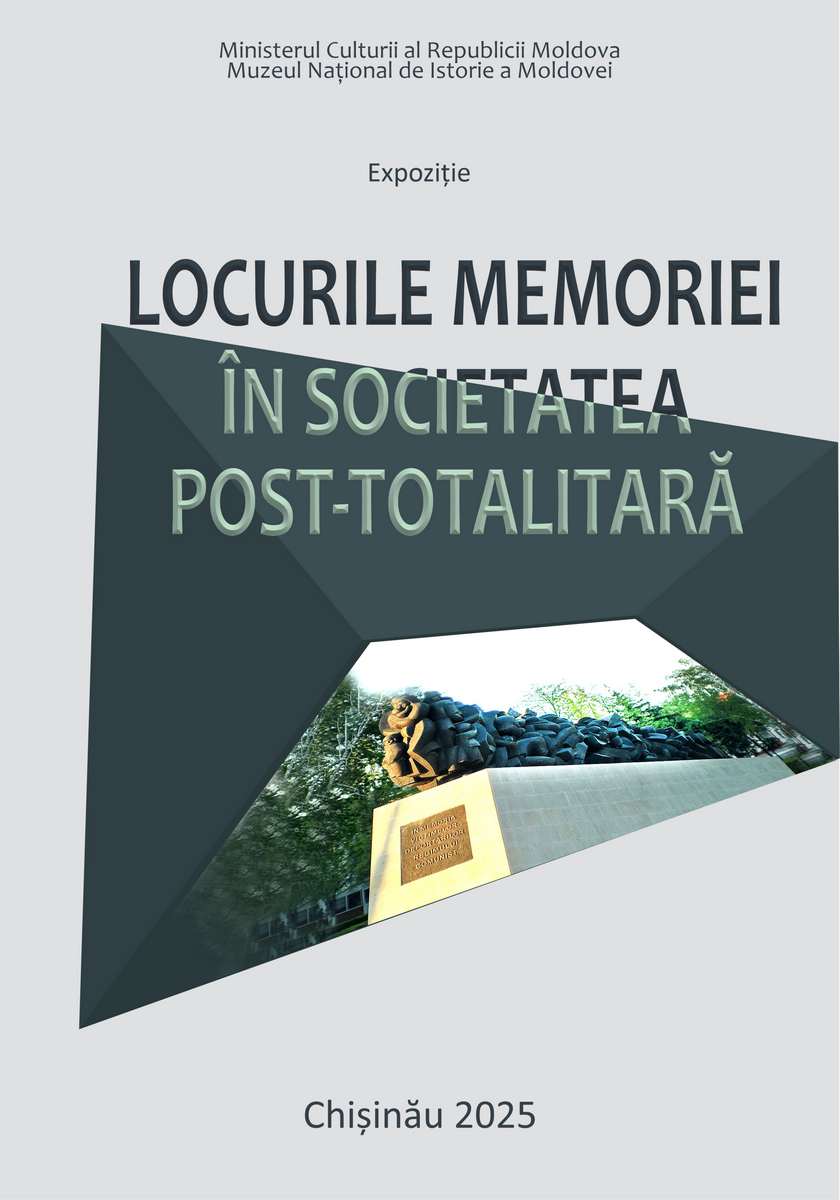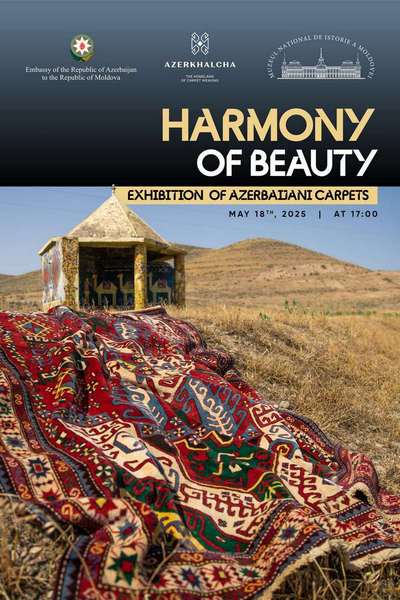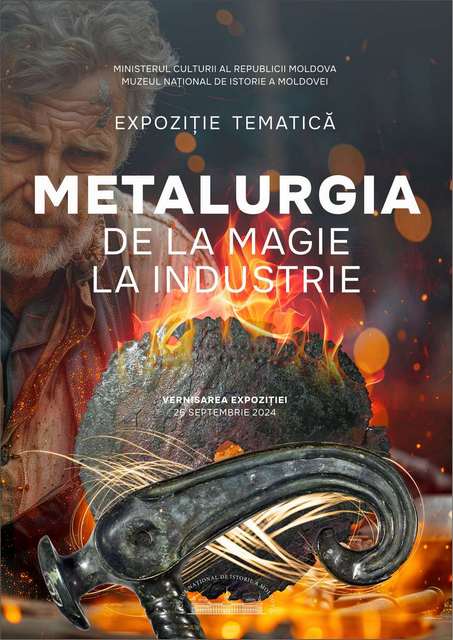  Events Archive Events Archive
Book launch: "Romanian lands seen by artists from the West (15th-19th centuries)", edited by Robert Denndorf, album coordinator: Silvia Corlăteanu-Granciuc
January 26, 2023
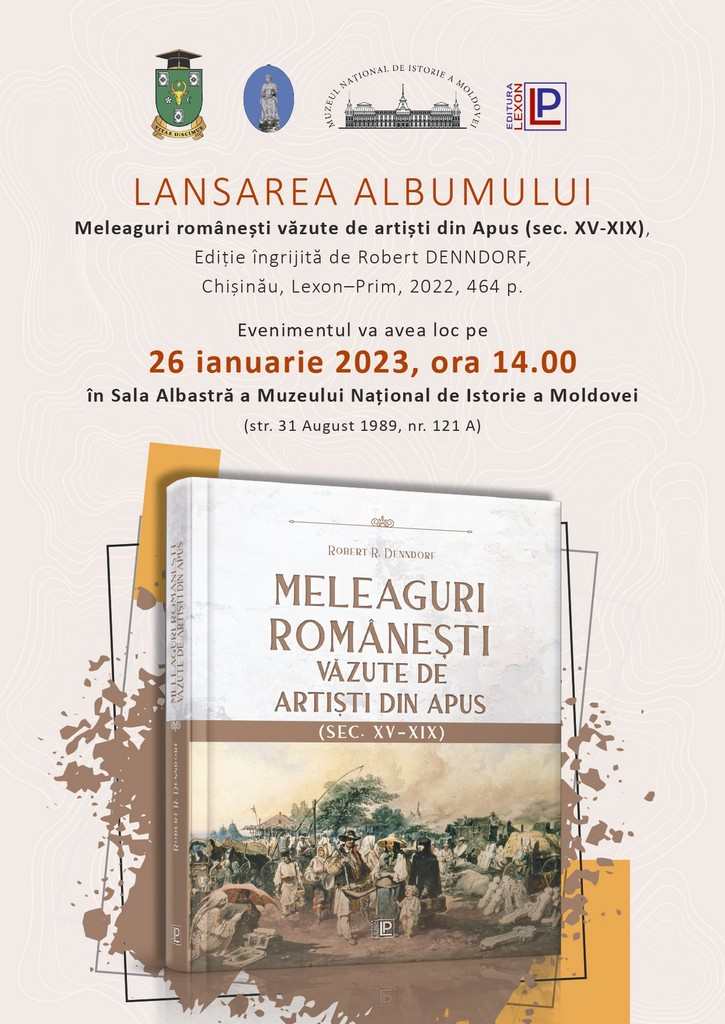 On 26th of January, The National Musuem of History of Moldova, in collaboration with the Institute of History of the MSU, organized the launch of the work "Romanian lands seen by artists from the West (15th-19th centuries). Album", edited by Robert Denndorf (Germany). The album was coordinated by university professor Dr. Silvia Corlăteanu-Granciuc, the scientific secretary of the Institute of History of the MSU. On 26th of January, The National Musuem of History of Moldova, in collaboration with the Institute of History of the MSU, organized the launch of the work "Romanian lands seen by artists from the West (15th-19th centuries). Album", edited by Robert Denndorf (Germany). The album was coordinated by university professor Dr. Silvia Corlăteanu-Granciuc, the scientific secretary of the Institute of History of the MSU. Historical scholars, museographers, representatives of the academic and university environment, public institutions, the Presidency, the Ministry of Foreign Affairs and European Integration, the Ministry of Culture, the Academy of Sciences of Moldova, civil society were present at the launch event. Dr. hab. Gheorghe Cojocaru, the director of the Institute of History, one of the forewords of the volume and the moderator of the event emphasized the contribution of Robert Denndorf, through this indisputable historiographical and aesthetic achievement, to the enrichment of the imagistic thesaurus related to the Romanian space for universal culture. "The work we are launching honors us, and it honors us, offering us the opportunity to be with him at a great fulfillment and to bring him all our gratitude and gratitude", revealed Gheorghe Cojocaru. The General Director of NHMH, dr. hab. Eugen Sava, the host of the event, addressed a message on behalf of the collective of the institution he honorably leads, emphasizing that the release of the German writer's album is an important focus in collaboration not only in the field of national heritage, but also international. Robert Denndorf brought to light some things that were hidden in archives, in libraries, in other museums, and the release of this Album at NMHM can only honor us. Eugen Sava recalled the fact that Robert Denndorf is the oldest friend of the museum, having collaborated both through book launches and through the organization of two exhibitions, one of the last collaborations having as its purpose the donation of seven engravings, which are already included in the funds the museum. For his merits and openness towards the national heritage of the Republic of Moldova, as a sign of gratitude for his significant contribution to the development of the heritage collections of NMHM, Mr. Robert Denndorf was awarded the "Diploma of Honor". The Deputy Prime Minister for Reintegration, Oleg Serebrian, ambassador, scientist and writer, mentioned that he is present at the event more as a historian and former ambassador of the Republic of Moldova in Germany. "Mr. Denndorf has a beautiful attribution to our culture and our history, to what the Romanian space means from the Dniester to the Tisa, during the century. XV-XIX, as seen by artists, engravers from the countries of Western Europe. The Ministry of Culture was represented by Svetlana Pociumban, head of the Cultural Heritage Directorate who emphasized the importance of works of this kind for the entire Romanian society but also for universal culture. Knowing that Robert Denndorf intends to donate to NMHM several engravings and stamps that represent moments in the history of the space between the Prut and Dniester, he promised that the Ministry of Culture, in partnership with the competent institutions, will make every effort to contribute to the adjustment of the customs legislation that will allows the unhindered bringing of works of art that wish to become part of the national heritage. Dr. Silviu Tabac, state herald of the Republic of Moldova, member of the Office of the President of the Republic of Moldova, sent a congratulatory message from the presidential institution, in which President Maia Sandu addressed the author Robert Denndorf with wishes for new achievements in what he does. Among the speakers, with a Diploma of Gratitude from the National Library of the Republic of Moldova, awarded to Mr. Robert Denndorf, for the free donation of 300 copies of the book about the discovery here, in Tighina, of the Swedish King Charles XII, books that will reach libraries in the Republic of Moldova, was the directorate of the National Library - Elena Pintilei. On behalf of the Academy of Sciences of Moldova, prof. dr. hab Victor Moraru, corresponding member of ASM and vice-president of the scientific forum expressed a word of gratitude addressed to the author Robert Denndorf and the coordinator of the volume Silvia Corlăteanu-Granciuc, underlining the importance for the scientific but also cultural rapprochement between the Republic of Moldova and the entire European space. Academician announced the importance of the volume for research on the history of culture. Andrei Eșanu, reputed specialist in the history of medieval and modern culture. Dr. hab. Victor Ghilaș, the director of the Institute of Cultural Heritage (ICH) emphasized the need for historical sources, present in the works of Robert Denndorf, for the research carried out within the ICH in the field of art history arts, of music history in particular and in the field of cultural history in general. The coordinator of the album, associate professor Dr. Silvia Corlăteanu-Granciuc, the scientific secretary of the Institute of History of the MSU, wanted to point out two moments in his intervention, the first: how this album was created and the second: its importance for researchers and for the whole society, emphasizing that capitalizing on the history of the territory between the Prut and the Dniester and across the Dniester substantially leads to the cultural and spiritual rapprochement of the Romanian shores and "all shores" of Europe. Mrs. Corlăteanu-Granciuc emphasized the fact that Robert Denndorf financially covered the appearance of this beautiful and substantial album, an important aspect in the times we live in, and the messages coming from the country's leadership, officials, state institutions but also from society, come as a high appreciation and gratitude addressed to Mr. Denndorf for the effort made, for the enormous love for history and culture and for everything that brings the Republic of Moldova closer to Europe. For his part, the main protagonist of the event, Robert Denndorf, wanted to thank everyone who contributed to the appearance of the album and announced his new future projects aimed at the Romanian space on the right side of the Prut. The album "Romanian lands seen by artists from the West (15th-19th century)", by Robert Denndorf, represents a history in illustrations of the Romanians in their process of formation and affirmation. The volume includes 1149 images: lithographs, engravings, maps, stamps, images of fortresses, battles, various illustrations of an ethnographic character, everyday life, etc., mostly created by artists from Central and Western Europe and dating from the XV-XIX centuries. The work serves as a source for research in the field of history, in the future, in particular, for those that focus on the representation of¶ the other in the European space.
|




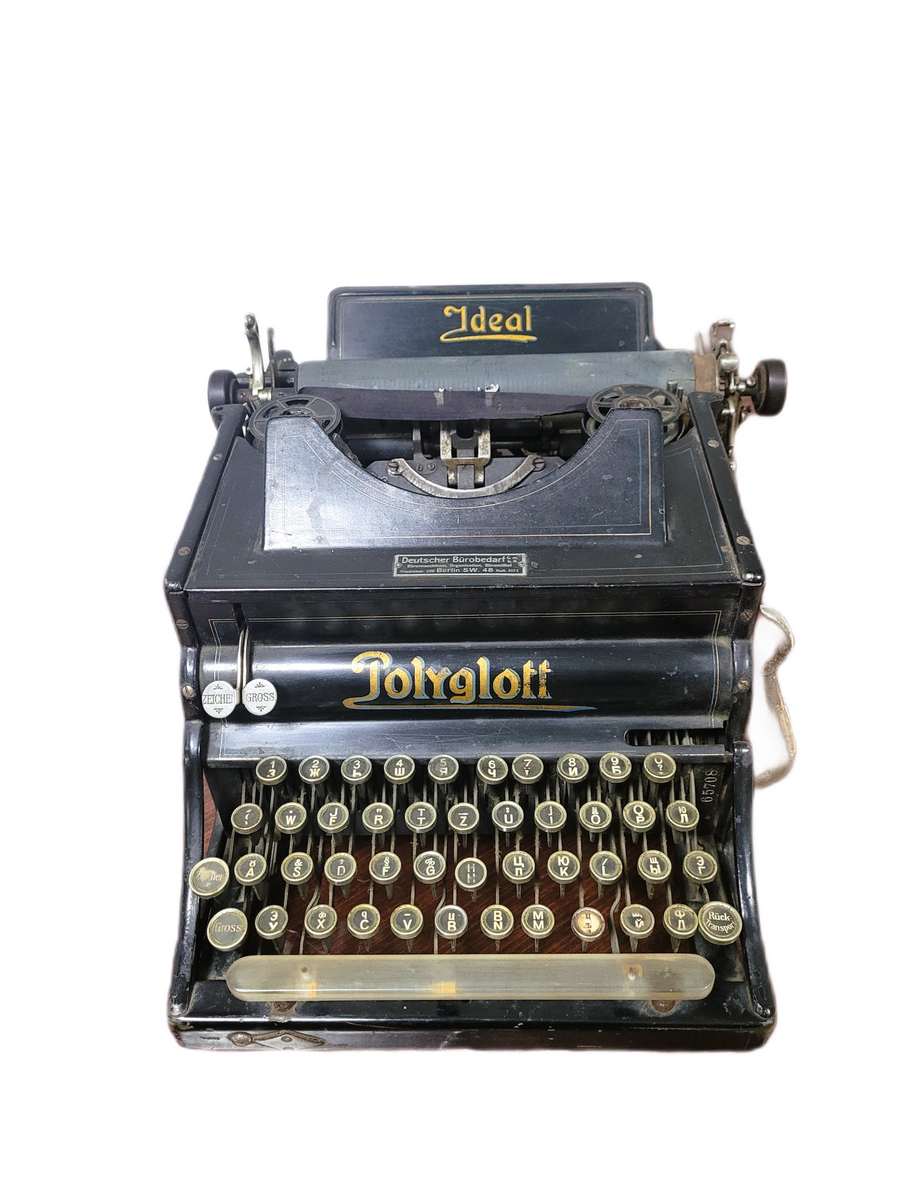
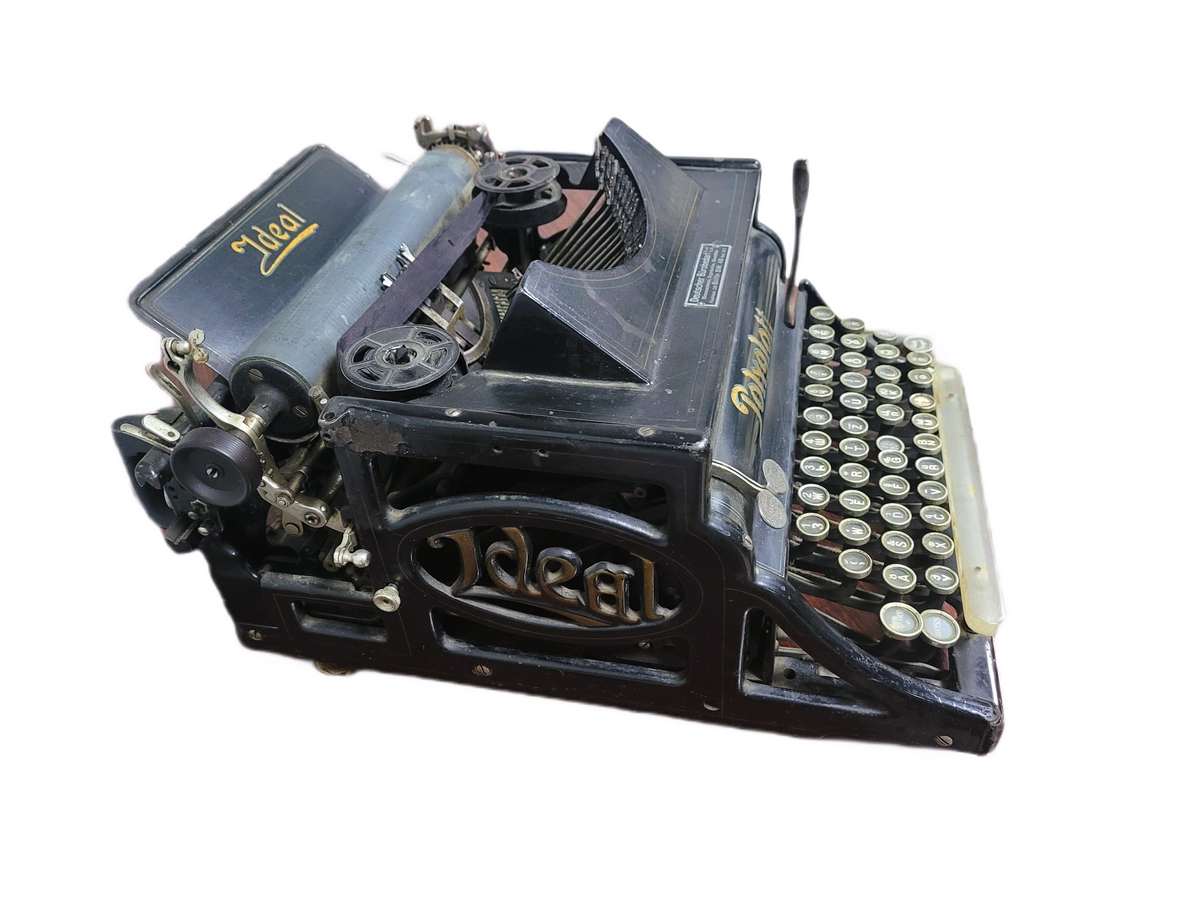 The side panels are elegantly decorated with refined cast-iron elements in the Art Nouveau style, displaying the brand name - "Ideal." The Polyglott model, featuring a bilingual keyboard patented in the United Kingdom by Max Klaczko from Riga, Latvia, was produced between 1902 and 1913, marking the first typewriter capable of writing in two languages. The "Ideal Polyglott" typewriter was actively sold in the Russian Empire and gained significant popularity in Poland, Bulgaria, and Serbia.
The side panels are elegantly decorated with refined cast-iron elements in the Art Nouveau style, displaying the brand name - "Ideal." The Polyglott model, featuring a bilingual keyboard patented in the United Kingdom by Max Klaczko from Riga, Latvia, was produced between 1902 and 1913, marking the first typewriter capable of writing in two languages. The "Ideal Polyglott" typewriter was actively sold in the Russian Empire and gained significant popularity in Poland, Bulgaria, and Serbia.

















































